Air Compressors
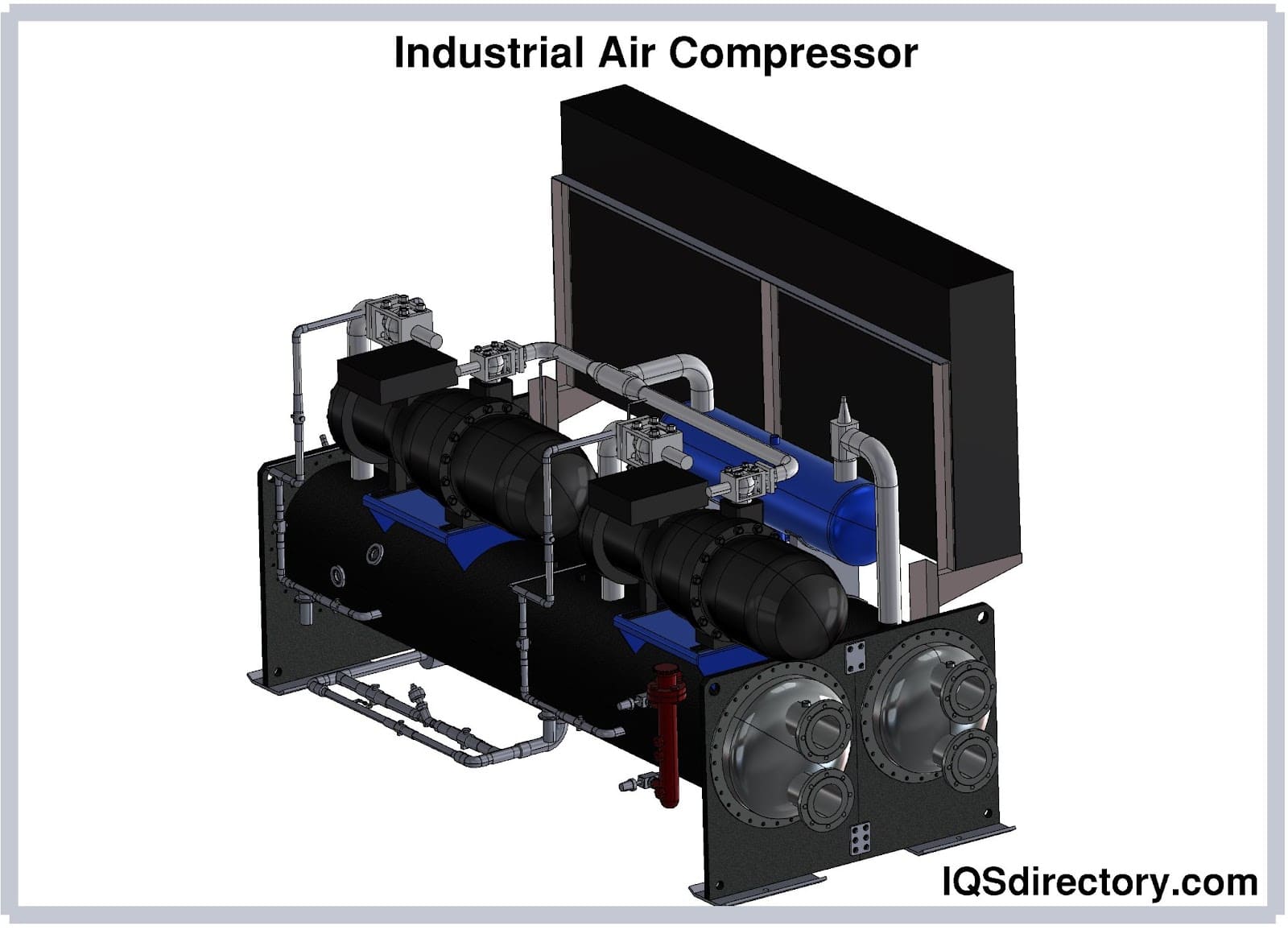
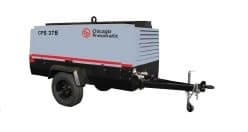
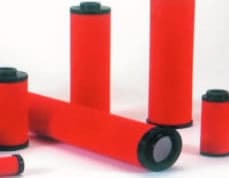
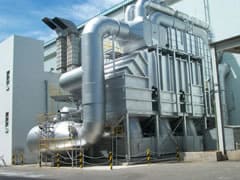
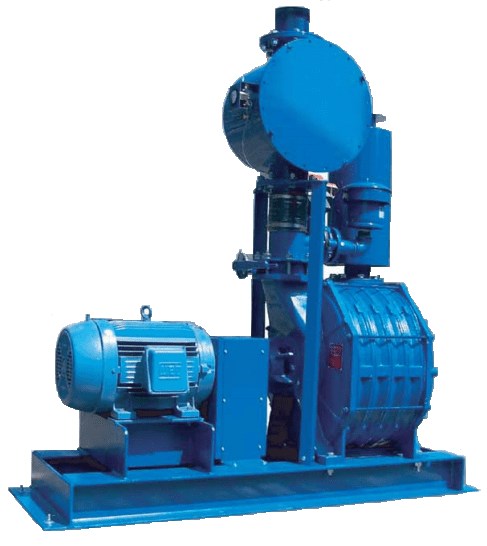

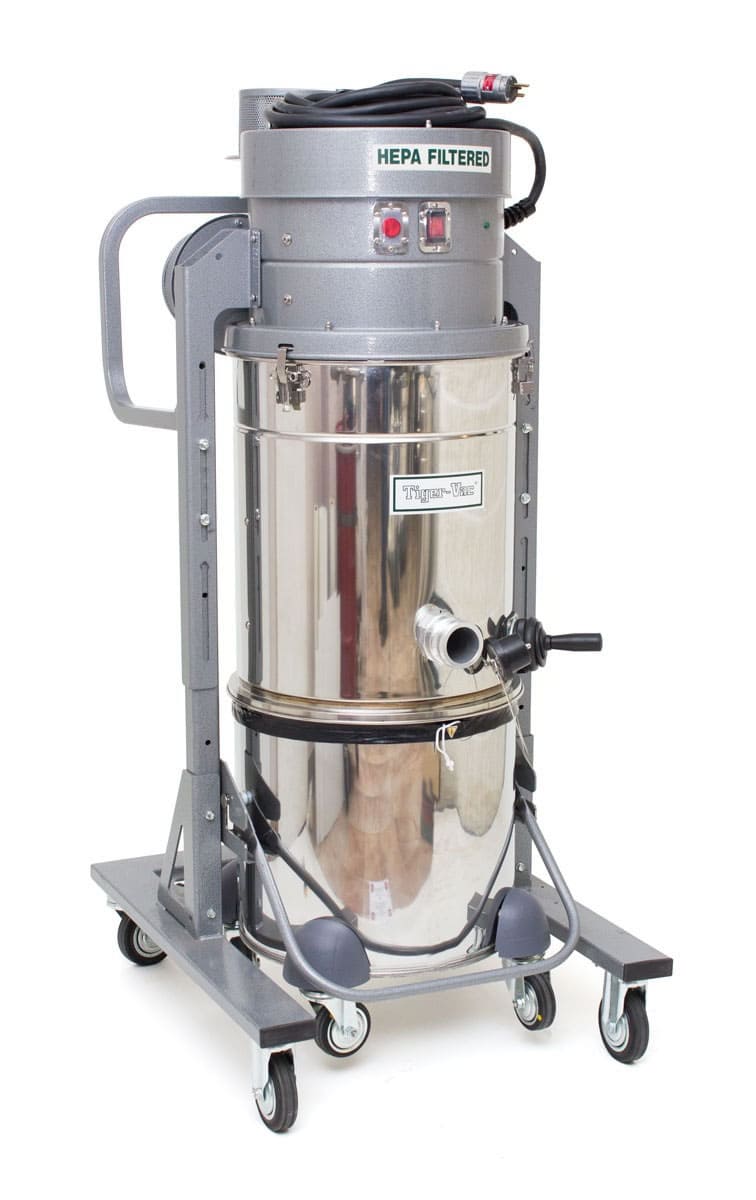
The term "air handling equipment" is fairly broad; it refers to all of those devices that are designed to manage, regulate and/or circulate the flow of air within an enclosed space. Most often, these devices are found in the form of products that involve conditioning, filtering, ventilating or heating air. Sometimes, they provide users with the ability to set automatic temperatures or to manually adjust indoor temperatures; at other times, they improve air quality and breathability by filtering out particles and dust; and some systems even prevent the development of mildew and mold. Some examples of air handling equipment include air compressors, air filters, air pollution control systems, blowers, dust collectors, industrial vacuum cleaning equipment and vacuum pumps. They can be built to be handle air quality maintenance in homes and office buildings, as well as restaurants and hospitals and medium to large industrial buildings like warehouses. Basically, air handling equipment can be designed to serve any space.
To work, air handling systems feature components such as heating and cooling elements, vibration isolators, heat recovery devices, filters, mixing chambers, flow rate controls, humidifiers and more. Heating and cooling elements work using direct or indirect exchanger coils. Direct exchangers are those that are placed directly in an air stream, while indirect exchangers are those that use something like a boiler or chiller to convey heat or cooled air. Typically, they use chilled water for cooling and steam or hot water for heating. Examples of direct coil exchangers include refrigeration evaporators, heat pumps, electric resistance heaters and evaporative coolers. Examples of direct coil exchanger heating and/or cooling elements include central boilers and central coolers. Vibration isolators are components used to absorb some of the vibration created by blowers, stop it from transferring to other parts of the system and also muffle the sound it generates. To work, manufacturers install these rubberized canvas-esque pieces of material surrounding the duct on both ends and sometimes between the fan compartment and the rest of the system. Heat recovery devices are installed in order to increase the capacity and energy savings of air handling equipment. Filters, of course, catch dust, contaminants and other particles and hold it back as newly clean air passes through a system. Due to the nature of air handling equipment, virtually every air handling system contains one or more filter. A staple of indoor air handling equipment used in temperate climates, mixing chambers mix together cool outside air with warm return air in order to reach a temperature goal. Flow rate controls allow for the regulation of the flow rates of air handling equipment. They, along with other regulatory controls, come in the form of thermostats, automated systems and the like. The final feature mentioned here, the humidifier, is a device used to rehydrate air that has become overly dry. There are a variety of different types of humidifiers. To learn more about air handling equipment, check out the specific equipment types and the manufacturers that we have detailed below.
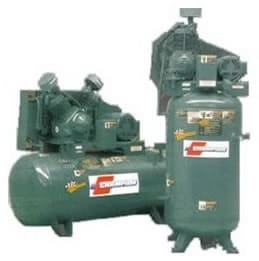 Air compressors are a type of air handling equipment with the goal of providing air and power alike to systems and tools. As their name suggests, they do so by compressing air. The most common way that air compressors work is by pulling air from the surrounding atmosphere and then decreasing its volume while increasing its pressure. In this way, air compressors are able to convert mechanical energy into useful pneumatic energy.
Air compressors are a type of air handling equipment with the goal of providing air and power alike to systems and tools. As their name suggests, they do so by compressing air. The most common way that air compressors work is by pulling air from the surrounding atmosphere and then decreasing its volume while increasing its pressure. In this way, air compressors are able to convert mechanical energy into useful pneumatic energy.
Most often, air compressors are used in industries including automotive, commercial art, construction, home and office, marine safety, sports and recreation and water purification services. They power tools like jackhammers, and provide pressurized air to systems and tools like surface supplied diving systems, gas cylinders, high pressure air tanks, tires and large scale processes like bag house purge systems.
Those looking for air compressors have many options, as air compressors can be built using a number of different materials and power systems, and in a number of different sizes and styles. Typically, air compressors are built using aluminum, cast iron or steel. In the case of a lightweight, mini or portable compressor, however, manufacturers may opt for a strong plastic. Air compressors can be purchased new or like-new. Learn more about air compressors.
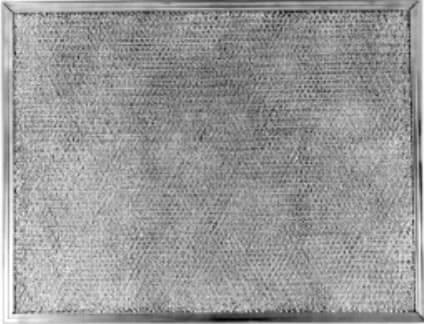 Air filters are a components of virtually all air handling equipment and systems. Designed to capture undesirable or harmful particles like dirt, dust, pet dander, mold spores, pollen, gases and odors, air filters are essential to the maintenance of healthy air quality within an enclosed space. Air filters can be found inside air conditioners, cars and vehicle engine components, humidifiers, in-home heating systems, commercial heating systems, direct air machines and ventilation systems.
Air filters are a components of virtually all air handling equipment and systems. Designed to capture undesirable or harmful particles like dirt, dust, pet dander, mold spores, pollen, gases and odors, air filters are essential to the maintenance of healthy air quality within an enclosed space. Air filters can be found inside air conditioners, cars and vehicle engine components, humidifiers, in-home heating systems, commercial heating systems, direct air machines and ventilation systems.
They are especially important within spaces that require cleaner than average air, such as hospitals, nursing homes and the rooms and homes of people suffering from allergies. In order to meet the many different application that require them, air filters are available in a variety of different shapes and sizes, with filter materials of many different densities. Typically, however, these filter materials are a combination of a fibrous material and a screen through which air may pass. In addition, there are many different specialized air filters available on the market, including air compressor filters, HEPA filters, HVAC filters, inline filters, membrane filters and ULPA filters. Discover which air filters are best for your application by discussing your specifications with an experienced manufacturer, like one of those listed below. Learn more about air filters.
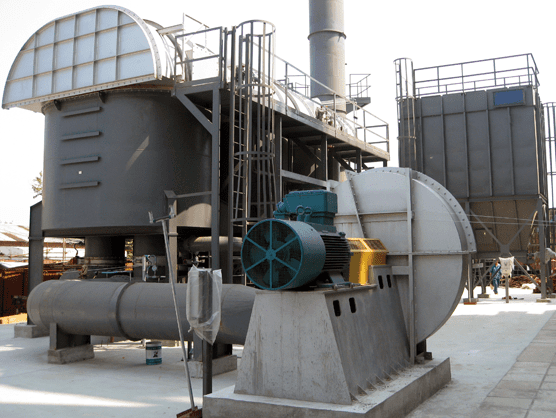 Air pollution control equipment is equipment that targets and removes or reduces the presence of irritable, potentially harmful or harmful particles and substances from the air. These include Hazardous Air Pollutants (HAPs), such as odors, fumes, vapors and sulfuric gases, and Volatile Organic Compounds (VOCs). The removal of pollutants such as these is important for a number of different reasons. First, from a community health and wellness standpoint, it is the responsibility of those facilities that emit harmful substances to keep them from getting into the breathing air and/or water of the surrounding community. (Note over 100 regulated HAPS have been confirmed as or are suspected carcinogens.)
Air pollution control equipment is equipment that targets and removes or reduces the presence of irritable, potentially harmful or harmful particles and substances from the air. These include Hazardous Air Pollutants (HAPs), such as odors, fumes, vapors and sulfuric gases, and Volatile Organic Compounds (VOCs). The removal of pollutants such as these is important for a number of different reasons. First, from a community health and wellness standpoint, it is the responsibility of those facilities that emit harmful substances to keep them from getting into the breathing air and/or water of the surrounding community. (Note over 100 regulated HAPS have been confirmed as or are suspected carcinogens.)
Also, since many HAPs and VOCs contribute to carbon emissions, acid rain, smog and other symptoms of climate change, air pollution control equipment is needed to keep the local ecosystems and environment healthy, balanced and thriving. From a business perspective, air pollution control equipment helps keep companies in line with EPA regulations like the Clean Air Act. To meet a diverse set of needs, there are is a diverse set of air pollution control equipment available to users, such as wet scrubbers, dry scrubbers, mist collectors, odor control systems and electrostatic precipitators. Learn more about air pollution control.
 Blowers are an important component of many types of air handling equipment. Also known as air blowers, blower fans or blowers, they work by generating airflow that can be forced into or through various buildings, machines or structures. To accomplish this, blowers harness the power of rotating blades that are connected to a hub, shaft and motor or turbine. They may also include parts such as housings, impellers, impeller locking devices, inlet ducts, outlet ducts, bearings, couplings and/or shaft seal plates.
Blowers are an important component of many types of air handling equipment. Also known as air blowers, blower fans or blowers, they work by generating airflow that can be forced into or through various buildings, machines or structures. To accomplish this, blowers harness the power of rotating blades that are connected to a hub, shaft and motor or turbine. They may also include parts such as housings, impellers, impeller locking devices, inlet ducts, outlet ducts, bearings, couplings and/or shaft seal plates.
Quite similar to centrifugal fans, the main difference between the two is the fact that blowers can achieve a higher pressure ratio. Their typical applications include ventilation, heating and cooling and drying, though some blowers serve specialized applications, such as vacuum creation or aeration.
The most popular blower applications are exhaust and ventilation, but in general, they are also incredibly useful in HVAC (heating, ventilation and air conditioning) settings. This is because blowers are less expensive and easier to construct and maintain than many other fans, such as axial fans. With such varied applications, it should come as no surprise that blowers can be found in many different settings, among them commercial buildings, factories, warehouses and the home. Learn more about blowers.
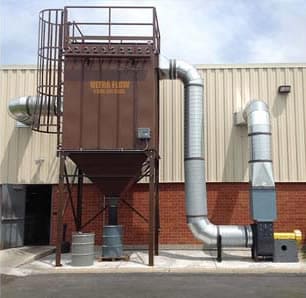 Dust collectors are a type of equipment that work to accomplish just what their name suggests the collection of dust and other particles from air or gas. They are useful and important in a number of different industries, such as: agriculture, cement fabrication, chemical processing, coal handling, mining, pharmaceuticals, recycling and woodworking.
Dust collectors are a type of equipment that work to accomplish just what their name suggests the collection of dust and other particles from air or gas. They are useful and important in a number of different industries, such as: agriculture, cement fabrication, chemical processing, coal handling, mining, pharmaceuticals, recycling and woodworking.
It should be noted that one of the reasons that dust collectors are so important is the fact that they help companies meet the stringent standards of air quality and restrictions on emissions of dust, fumes and smoke put forth by OSHA, the EPA and various other regulatory bodies. Because they must purify air and gas in such unique settings and because individual users have such different goals of percentage of particles captured, dust collectors come in all shapes and sizes.
To convey the scope of their variations, here is a list of just a few different types of dust collectors: cartridge collectors, cyclone dust collectors, downdraft tables, fabric filter baghouses, jet dust collectors, portable dust collectors, small dust collectors and wet dust collectors. Regardless of their type, however, dust collectors generally contain a blower, a dust filter, a filter cleaning system, and dust removal system or dust receptacle. Learn more about dust collectors.
 Industrial vacuum cleaning equipment is equipment that makes life easier for those individuals who wish to clean up a large and/or very dirty space. Particularly useful in those settings in which a continuous flow of dust and debris are produced, industrial vacuum cleaning equipment is used in settings such as metal fabrication plants, woodworking shops and other industrial facilities. They are also quite popular for use by clients like carpenters, custodians and maintenance workers.
Industrial vacuum cleaning equipment is equipment that makes life easier for those individuals who wish to clean up a large and/or very dirty space. Particularly useful in those settings in which a continuous flow of dust and debris are produced, industrial vacuum cleaning equipment is used in settings such as metal fabrication plants, woodworking shops and other industrial facilities. They are also quite popular for use by clients like carpenters, custodians and maintenance workers.
Industrial vacuum cleaners are a specific type of vacuum cleaning equipment. Nevertheless, they too have many variations in design. Two examples of possible vacuum design variations include airflow and vacuum generation. The first design consideration, airflow, may be defined as the velocity of the air stream produced by the motor of a vacuum cleaner. Some industrial vacuums have higher airflows than others, allowing them to extract debris and dust at different levels and in different volumes. The term vacuum generation, refers to how the vacuum, which creates the necessary force for cleaning, is created. Other design variations include: air speed, vacuum/suction levels (measured in pascals), weight, noise generation (measured in decibels), input power (measured in watts or amperes) and output power (measured in airwatts). Learn more about vacuum cleaners.
View a full list of Industrial Vacuum Cleaning Equipment Manufacturers